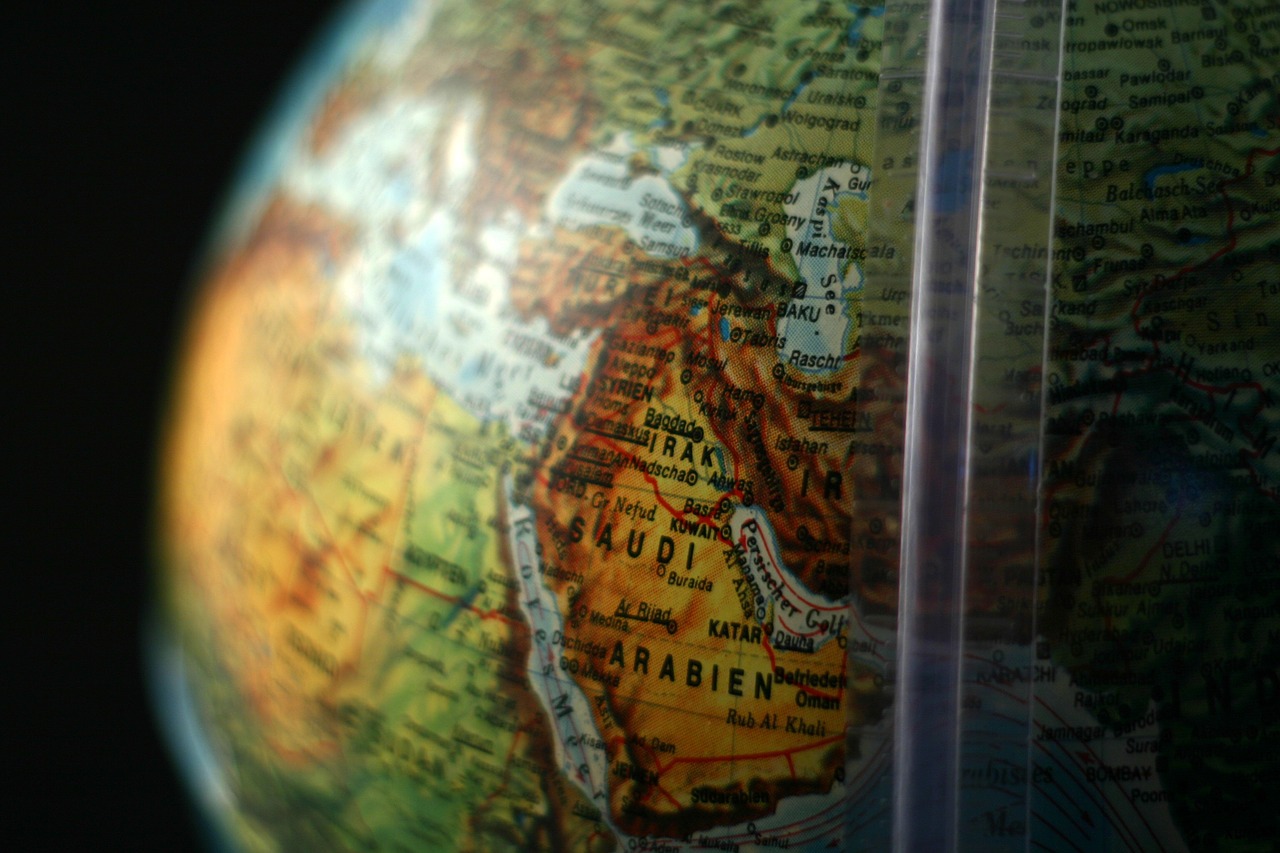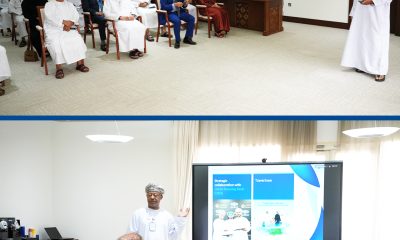Economy
GCC economies to grow by 2.4 percent in 2018

IMF says GCC economies to recover strongly in 2019
In the near term, “higher oil prices and a slower pace of fiscal consolidation” are supporting a positive outlook for most oil exporting countries, it said.
The IMF also predicted strong GDP growth in each of the six Gulf states, on the back of increased development projects.
In the UAE, GDP growth is estimated to rise from 0.8 per cent in 2017 to 2.9 in 2018 and 3.7 in 2019. Meanwhile Saudi’s economy is predicted to improve from a contraction of 0.9 per cent in 2017 to 2.2 per cent in 2018 and 2.4 per cent in 2019.
Bahrain, Kuwait, Oman and Qatar are projected to post GDP growth of 2.6 per cent, 4.1 per cent, 5 per cent and 2.8 per cent respectively in 2019.
“This is mainly due to the implementation of public investment projects, including those consistent with the five-year development plan in Kuwait, infrastructure investment projects ahead of the FIFA 2022 World Cup in Qatar (where the effect of the rift with Saudi Arabia has been contained), and ongoing preparations for Expo 2020 in the UAE,” the report stated.
In Bahrain, the expected fiscal consolidation is projected to dampen non-oil activity, despite rising aluminum production capacity, it added.
Looking ahead, the IMF cautioned that “the growth outlook for oil exporters remains subject to significant uncertainty about the future path of oil prices”.
Oil prices rose above $75 a barrel in June 2018 — the highest level since November 2014 — before dropping back to about $70 a barrel.
“Oil exporters would be exposed to a slowdown in economic activity in China, the euro area, and the United States, given the concentration of their oil exports to these countries, as well as the impact of lower oil prices triggered by a slowdown in global growth”, it said.
“And all countries would be hit, especially those with large financing needs, if investor confidence was affected or financing conditions tightened sharply,” it added.
Jihad Azour, director of the IMF’s Middle East and Central Asia Department, said: “The changing global economic environment is bringing new challenges for the region. Near-term prospects for oil exporters in the MENA region have improved modestly on the back of higher oil prices and a slower pace of fiscal consolidation.
“Risks from escalating global trade tensions, further tightening of financial conditions, the oil price trajectory, and geopolitical developments cloud the outlook. Fiscal and structural reforms to increase resilience and promote private sector growth need to be sustained and even accelerated if the region is to become a place where all citizens have the equal opportunity to build a more prosperous future.”
-

 Magazines2 months ago
Magazines2 months agoOER – September 2025 Issue
-

 Alamaliktistaad Magazines1 month ago
Alamaliktistaad Magazines1 month agoAlam Al Iktisaad – September 2025 Edition
-

 News1 month ago
News1 month agoKitchenomiKs Secures Investment of US$3.2M Led by Jasoor Ventures
-

 News2 months ago
News2 months agoCent Capital, AI Finance App by ex-AWS Strategist ‘The Beast of Bay Area,’ Launches to End Financial Anxiety, Hits $1M AUM
-

 News2 months ago
News2 months agoOman Inaugurates ‘Hadatha’ – Its All-New Cybersecurity Center
-

 Banking & Finance1 month ago
Banking & Finance1 month agoOman Arab Bank Highlights Its Ongoing Strategic Initiatives and Future Plans
-

 News1 month ago
News1 month agoIEA Expects Global Oil Market to Remain Oversupplied in 2026
-

 Energy1 month ago
Energy1 month agoWLGA Middle East LPG Summit & Expo 2025 to be held at OCEC on November 10 and 11































You must be logged in to post a comment Login